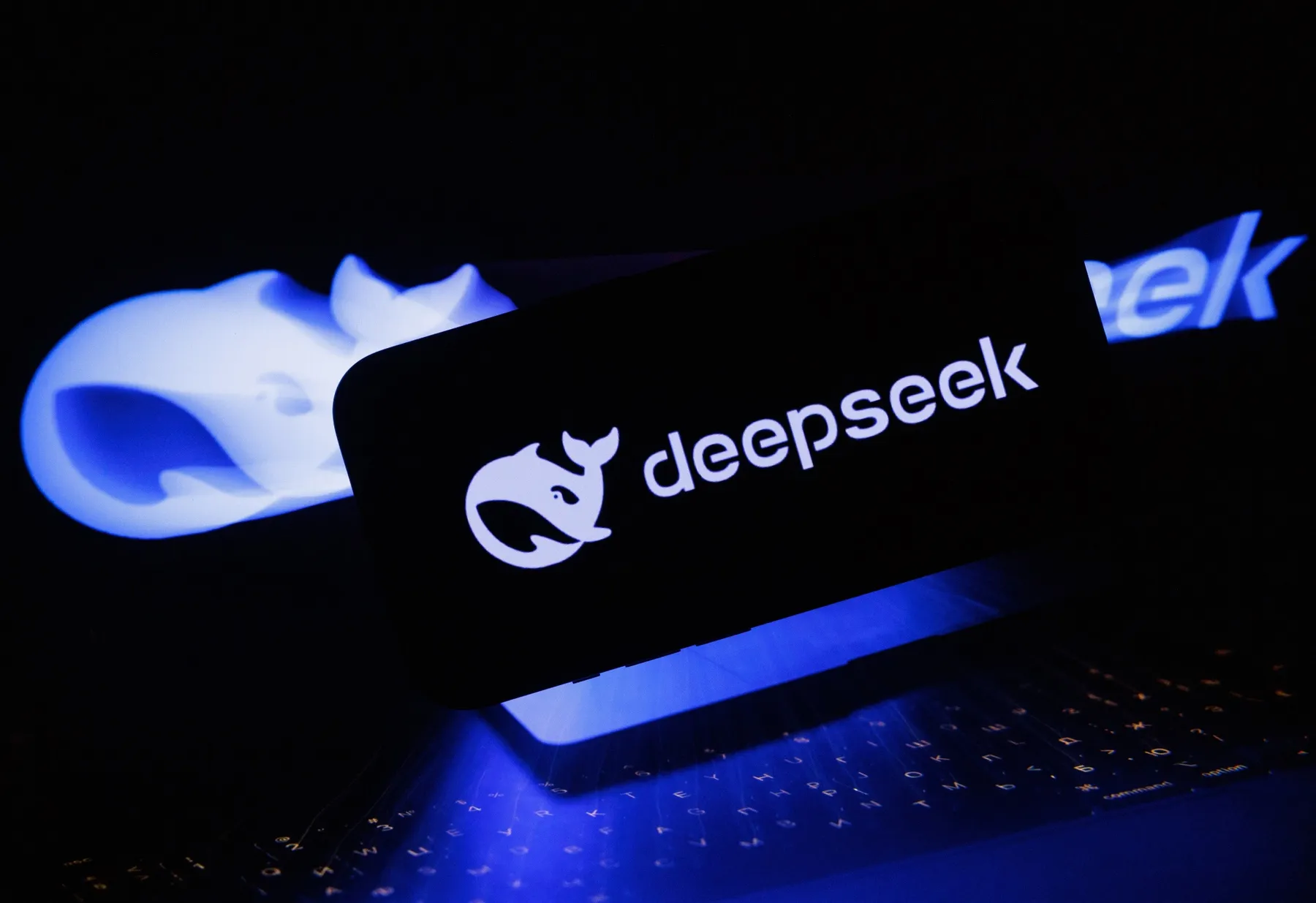A Chinese artificial intelligence (AI) model named DeepSeek has rapidly ascended to the top of the Apple Store’s download charts, leaving investors astonished and causing significant ripples in the tech industry. Released on January 20, 2025, DeepSeek has not only captured the interest of AI enthusiasts but has also unsettled global markets, including some of the world’s largest tech firms.
What Sets DeepSeek Apart?
The development methodology of DeepSeek is what makes it special. DeepSeek asserts that it was constructed with less expensive resources than popular AI models like OpenAI’s GPT series, which mostly rely on pricey, sophisticated technology. R1, an AI model that competes with top-tier models in areas like coding and mathematics, powers the chatbot, which is renowned for its conversational and problem-solving capabilities.
Because it apparently only cost $6 million to train the model—a small portion of the investment made by other AI giants—this accomplishment has generated conversations throughout the tech industry.
This breakthrough was made possible by combining high-performance Nvidia A100 chips with more economical, less advanced processors. Notably, these chips have been under export restrictions to China since September 2022, raising questions about how DeepSeek’s developers amassed the resources to achieve such innovation.
A Blow to the Chip Industry
The development of DeepSeek has significantly disrupted the semiconductor manufacturing industry. For example, the value of Nvidia’s shares fell by $600 billion in a single day, which was the worst one-day loss in American history. Concerns regarding the increasing capacity to create state-of-the-art AI without only depending on high-performance CPUs are reflected in this extraordinary reduction.
Nvidia wasn’t the only company affected. On January 27, 2025, the tech-heavy Nasdaq index dropped more than 3%, setting off a global sell-off that had tremendous impact on data centers and chip manufacturers everywhere. The economical development of DeepSeek has raised questions regarding the long-term supremacy of businesses who have made significant investments in high-end AI gear.
The Political and Strategic Context
DeepSeek’s rise highlights the intensifying competition between China and the United States in the field of AI. The U.S. government has implemented stringent measures to limit China’s access to advanced technology, including a ban on exporting state-of-the-art chips. Despite these restrictions, China’s tech industry has adapted, with DeepSeek becoming a symbol of self-reliance and innovation.
Chinese President Xi Jinping has identified AI as a critical priority, emphasizing the nation’s commitment to technological advancement. DeepSeek’s development aligns with this vision, showcasing China’s determination to transition from traditional industries to high-tech sectors like artificial intelligence, electric vehicles, and semiconductors.
However, DeepSeek’s capabilities also reflect the influence of government censorship. Like other Chinese AI models—including Baidu’s Ernie and ByteDance’s Doubao—it avoids politically sensitive topics. When asked about events like the Tiananmen Square massacre, the chatbot provides non-answers, such as, “I am sorry, I cannot answer that question. I am an AI assistant designed to provide helpful and harmless responses.”
Who Is Behind DeepSeek?
DeepSeek was founded in December 2023 by Liang Wenfeng, a graduate of Zhejiang University with degrees in electronic information engineering and computer science. Liang also has extensive experience in finance as the CEO of High-Flyer, a hedge fund specializing in quantitative trading through AI analysis.
Under Liang’s leadership, High-Flyer became the first quant hedge fund in China to raise over 100 billion yuan in 2019. His AI and finance expertise uniquely positions him to lead an innovative project like DeepSeek. In past interviews, Liang has expressed a vision for China to become an innovator rather than a follower in AI, a goal that DeepSeek’s success seems to fulfill.
The Global Reaction
DeepSeek’s achievements have elicited mixed reactions globally. While it is celebrated in China as a milestone in technological independence, it has raised concerns in other countries about data security and privacy. Australia’s science minister, Ed Husic, has cautioned against the widespread adoption of the app without a thorough understanding of its implications for user data and quality standards.
In the United States, President Donald Trump described DeepSeek’s launch as a “wake-up call” for American companies, urging them to intensify their efforts to maintain a competitive edge in AI development.
Celebration in China
Within China, DeepSeek is being hailed as a breakthrough that validates the nation’s growing technological prowess. State media have highlighted how the chatbot is disrupting global markets and challenging Silicon Valley’s dominance. According to Marina Zhang, an associate professor at the University of Technology Sydney, DeepSeek symbolizes a new era of Chinese innovation led by younger entrepreneurs.
However, Zhang also warns that the emphasis on technological self-reliance could lead to “tech isolationism,” potentially limiting the exchange of ideas and collaboration between China and other nations.
A New Chapter for AI
DeepSeek has redefined the narrative around artificial intelligence, proving that breakthroughs in this field are not solely dependent on massive budgets or cutting-edge hardware. By achieving results with fewer resources, it has challenged the status quo and underscored the importance of ingenuity and adaptability in AI development.
As the world watches DeepSeek’s continued rise, one thing is clear: the competition between China and the United States in artificial intelligence is only beginning, with profound implications for technology, economics, and geopolitics.



